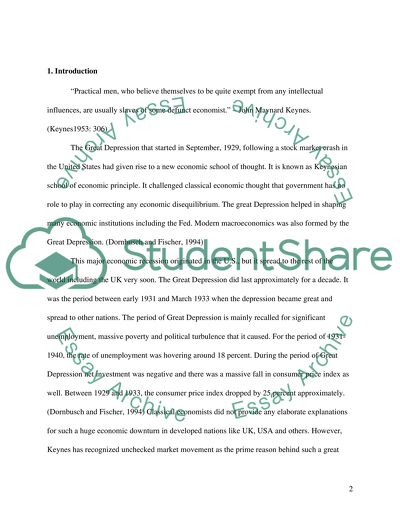Cite this document
(The Fundamental Points Of The Keynesian And Classical Traditions In Essay - 1, n.d.)
The Fundamental Points Of The Keynesian And Classical Traditions In Essay - 1. https://studentshare.org/history/1575832-the-fundamental-points-at-issue-between-the-keynesian-and-classical-traditions-in-uk
The Fundamental Points Of The Keynesian And Classical Traditions In Essay - 1. https://studentshare.org/history/1575832-the-fundamental-points-at-issue-between-the-keynesian-and-classical-traditions-in-uk
(The Fundamental Points Of The Keynesian And Classical Traditions In Essay - 1)
The Fundamental Points Of The Keynesian And Classical Traditions In Essay - 1. https://studentshare.org/history/1575832-the-fundamental-points-at-issue-between-the-keynesian-and-classical-traditions-in-uk.
The Fundamental Points Of The Keynesian And Classical Traditions In Essay - 1. https://studentshare.org/history/1575832-the-fundamental-points-at-issue-between-the-keynesian-and-classical-traditions-in-uk.
“The Fundamental Points Of The Keynesian And Classical Traditions In Essay - 1”. https://studentshare.org/history/1575832-the-fundamental-points-at-issue-between-the-keynesian-and-classical-traditions-in-uk.


